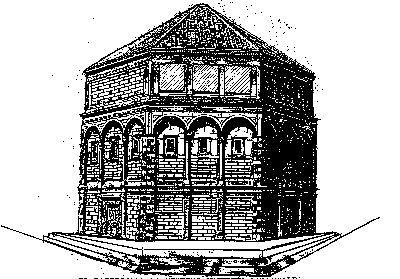By
Enio Pecchioni
Scholars can not yet entirely translate the language
spoken in Etruria in historic times. The innumerable attempts made by the
greatest masters in linguistics and philology have failed to decipher a
language which was spoken in Tuscany up the beginning of the Christian era and
which the Etruscan priests must have used both in Tuscany and in Rome itself up
to the end of th 5th century A.D.
In othe fields, there has been no lack of
discoveries which have permitted us to understand idioms seemingly even more
difficult to tackle than Etruscan. Some years ago, the Hittite pictographic
language was deciphered and, quite recently, the language spoken by the
Mycenaeans, known as Linear B, as well. In all cases the difficulties were duly
overcome and the solution of the problems has opened up a magnificent field to
linguistic research. The wide interest rightly aroused by the deciphering of
Mycenaean at once springs to mind; since from it we learn that at Mycenae and
in Crete the language spoken in the second millenium B.C. was very close to
Homeric Greek.
Also the Etruscans used a language near to Greek,
and with a Greek alphabet, but this language was not Indo-European and probably
connected with certain pre-Hellenic languages of eastern Mediterranean. A
related language was still used on Lemnos in the archaic period, as the
inscription on the stele of Caminia proves.
